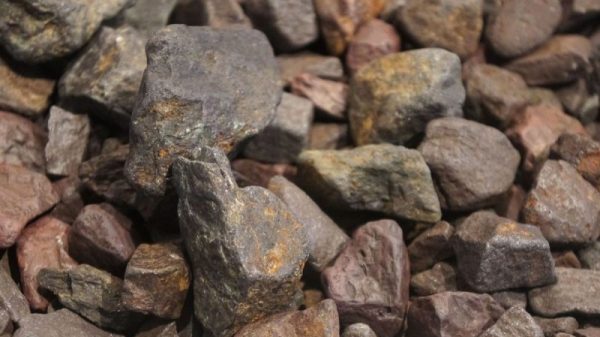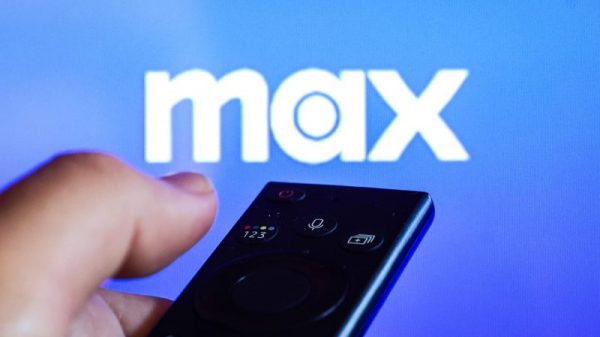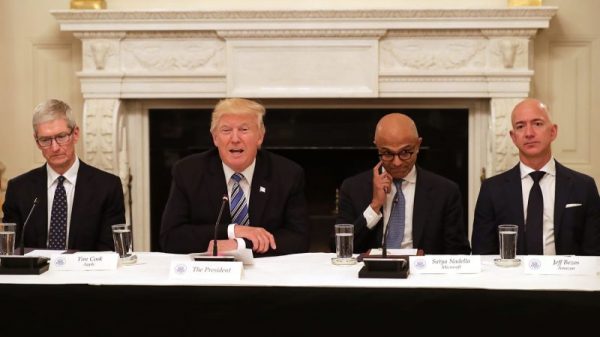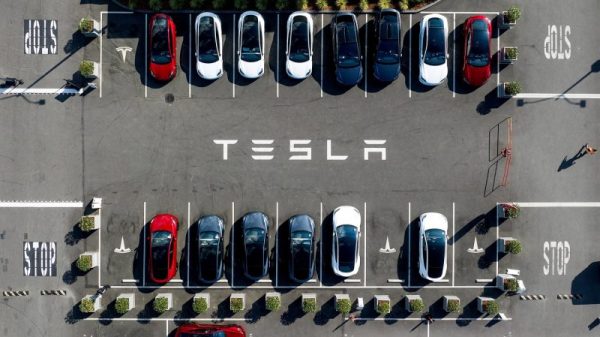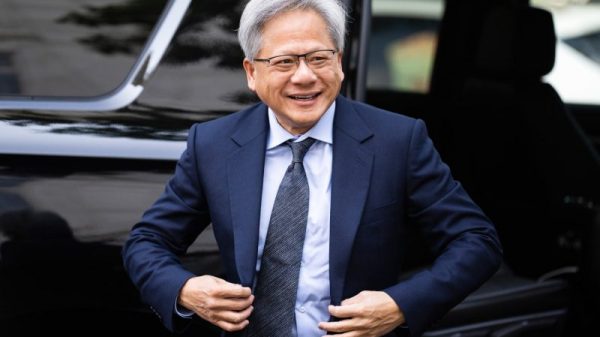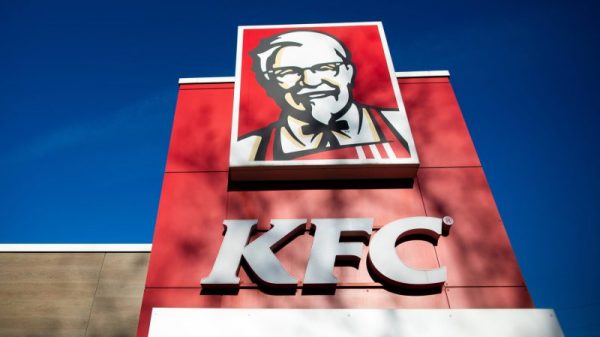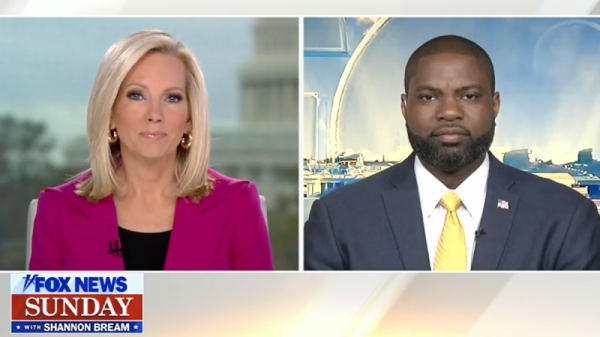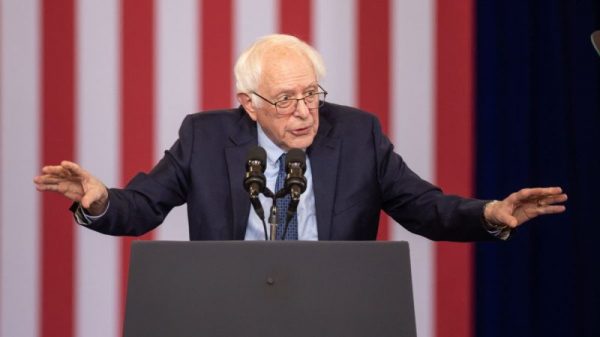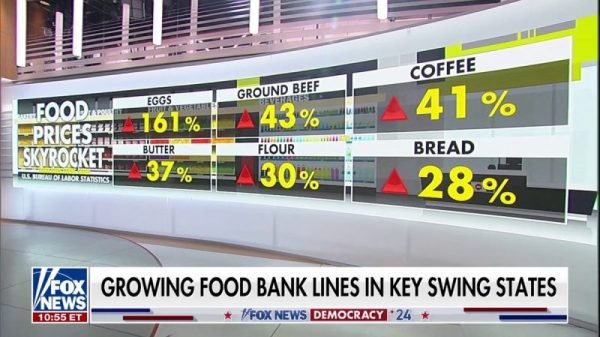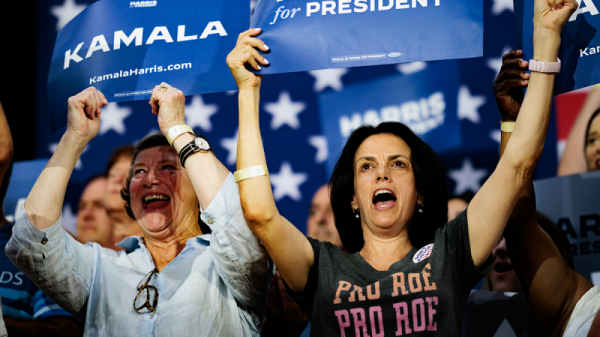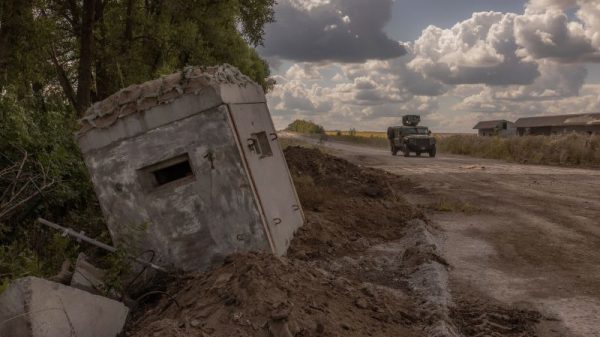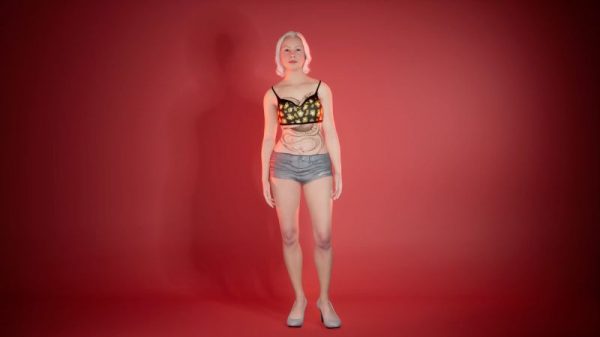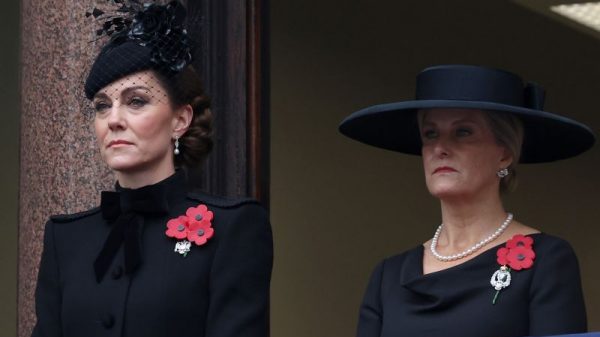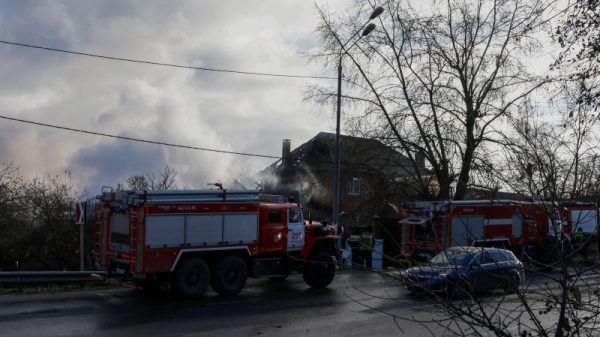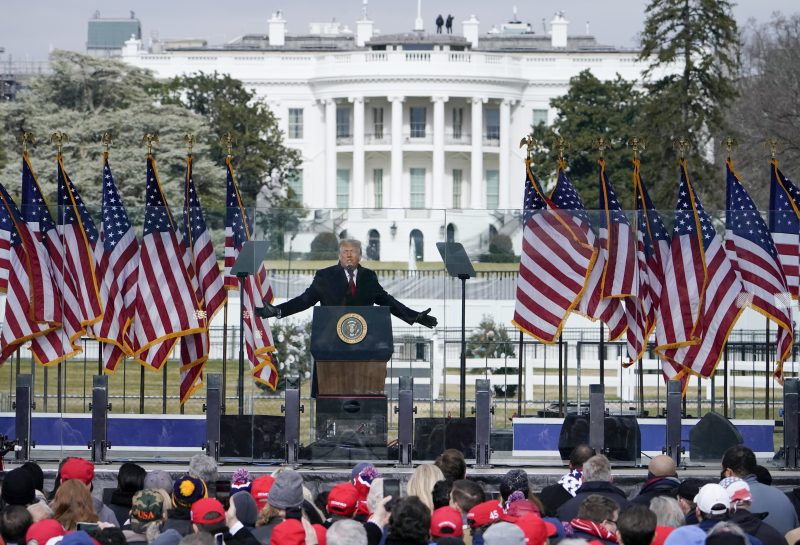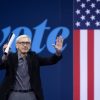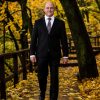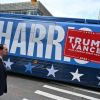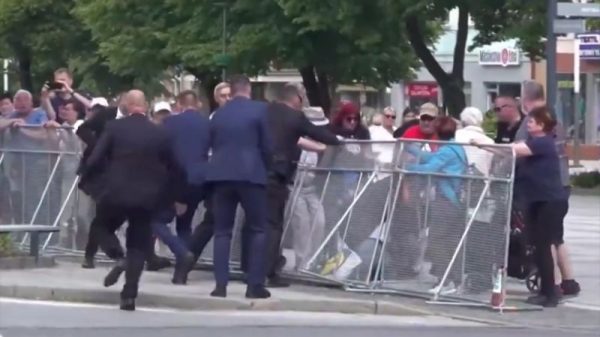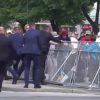The very first fight Donald Trump picked with the media after being inaugurated as president was about crowd size.
On Jan. 21, 2017, the day after his inauguration, Trump visited CIA headquarters as a sort of olive branch after having disparaged the intelligence community’s determination that Russia had worked to aid his election. While there, Trump claimed that “a million, million and a half people” had been present for his speech the previous day, which was obviously false. His press secretary, Sean Spicer, gamely attempted to defend the claim without success.
As he seeks to be inaugurated again next January, Trump is again making bold, indefensible claims about crowd size. During a news conference on Thursday, though, the claim was about another January speech he gave near the National Mall: the one that preceded the riot at the Capitol on Jan. 6, 2021.
The New York Times’s Maggie Haberman questioned an assertion Trump made shortly beforehand that there was a peaceful transfer of power after the 2020 election. Trump used the question to talk about how many people came out to hear him speak that day.
“The biggest crowd I’ve ever spoken before was that day,” Trump said. “And I’ll tell you, it’s very hard to find a picture of that crowd. You see the picture of a small number of people, relatively, going to the Capitol, but you never see the picture of the crowd. The biggest crowd I’ve ever spoken — I’ve spoken to the biggest crowds. Nobody’s spoken to crowds bigger than me. ”
Then he went further, comparing the crowd to the one present for the March on Washington in August 1963.
“If you look at Martin Luther King when he did his speech, his great speech, and you look at ours — same real estate, same everything — same number of people. If not, we had more,” Trump said. “And they said he had a million people, but I had 25,000 people.” He chuckled. “But when you look at the exact same picture and everything’s the same because it was — the fountains, the whole thing all the way back to, from Lincoln to Washington, and you look at it and you look at the picture of his crowd, my crowd — we actually had more people.”
He didn’t.
Trump is correct that there aren’t many pictures of the crowd to which he spoke on Jan. 6. Or, at least, there aren’t a lot of aerial pictures that show the extent of the crowd. Instead, we mostly have street-level or slightly elevated photos.
Here, for example, is a video of the view that Trump might have seen when he was speaking. As with the crowd at the inauguration in 2017, the crowd looks more densely packed from ground level or a slight elevation than it actually is because of foreshortening.
In this video, from a slightly higher vantage point, you can get a better sense of the spread of the crowd.
WASHINGTON DC MARCH FOR TRUMP: Massive crowd of Trump Supports in Washington DC. Getting ready to March from the Ellipse to the Nation’s Capitol!#MarchForTrump#MarchToSaveAmerica pic.twitter.com/UoWlwdG3TL
— John Cremeans USA (@JohnCremeansUSA) January 6, 2021
From a camera to the side, though — here, MSNBC’s from that morning — you can see that the crowd near the stage on the Ellipse south of the White House was fairly contained.
We know from the House select committee that investigated the riot at the Capitol that Trump was unhappy with the orientation of his audience that morning.
“The way that we would always try to build rallies out was long and narrow, because that made for a better picture,” White House staffer Cassidy Hutchinson explained to the committee in her sworn testimony. That morning, though, Trump was frustrated with “how people were spread so far out,” she said, and with obstructions that made photographing the crowd difficult. This was why he wanted to skip the security screening process, as she famously testified: to more rapidly fill in the area in front of the stage. Trump, she wrote in a text message, was “furious” with the situation — perhaps helping to explain the former president’s lingering irritation about the photos.
Regardless, the part of Trump’s response in which he compares his crowd to King’s is flatly incorrect. Yes, King’s speech did include a large crowd that occupied some of the “same real estate” — the space between the Washington Monument and the White House. You can see it in the photo below, from the Library of Congress.
It’s hard to compare that section of the crowd to Trump’s because of the different angles. You’ll also notice that, on the left side of the photo from 1963, there are several buildings that are no longer present. Constructed to serve as office space during the world wars, the last buildings were removed during the Nixon administration.
It doesn’t really matter. After all, you will recall that King spoke not from the Ellipse south of the White House but from the Lincoln Memorial. The distance between the Washington Monument and where Trump spoke on Jan. 6, 2021, was about a third of a mile. The distance between the Washington Monument and where King spoke is about three-quarters of a mile, more than twice as long — and was packed with people.
As can be seen in the photo below, also from the Library of Congress.
The National Park Service estimates that about 250,000 people attended King’s speech, not a million. There was no similar estimate offered of the crowd at Trump’s speech.
But Trump presented one, as soon as he began speaking that day.
“Media will not show the magnitude of this crowd,” he said. “Even I, when I turned on today, I looked, and I saw thousands of people here. But you don’t see hundreds of thousands of people behind you because they don’t want to show that.”
What people remember from Jan. 6 isn’t that there were hundreds of thousands of people at his speech, since that’s an exaggeration. What they remember instead is the thousands who swarmed Capitol Hill and the nearly 1,500 (as of writing) who would ultimately face federal charges for participating in the riot.
King’s speech is remembered for what he said. Trump’s is remembered for what it preceded.




